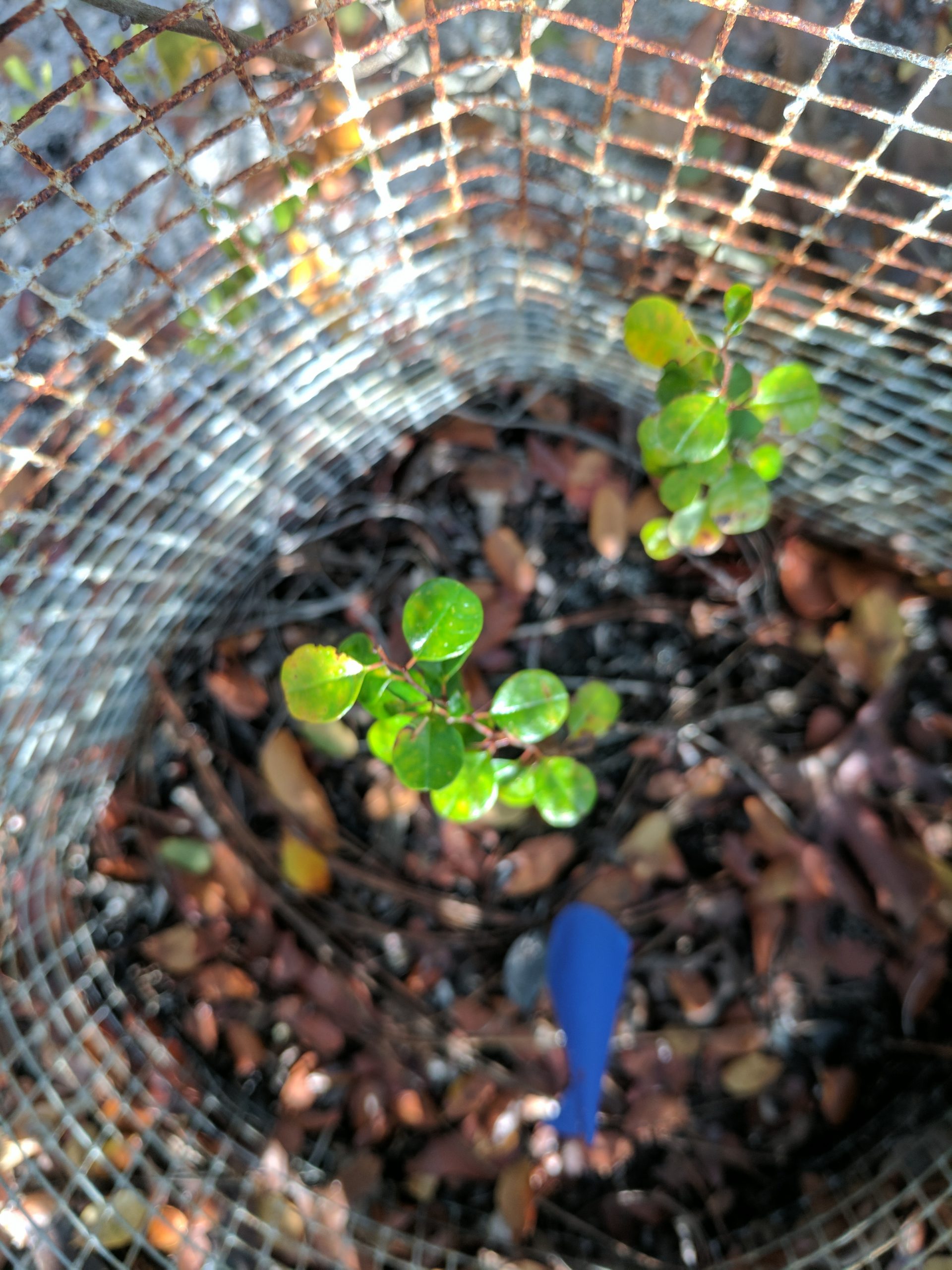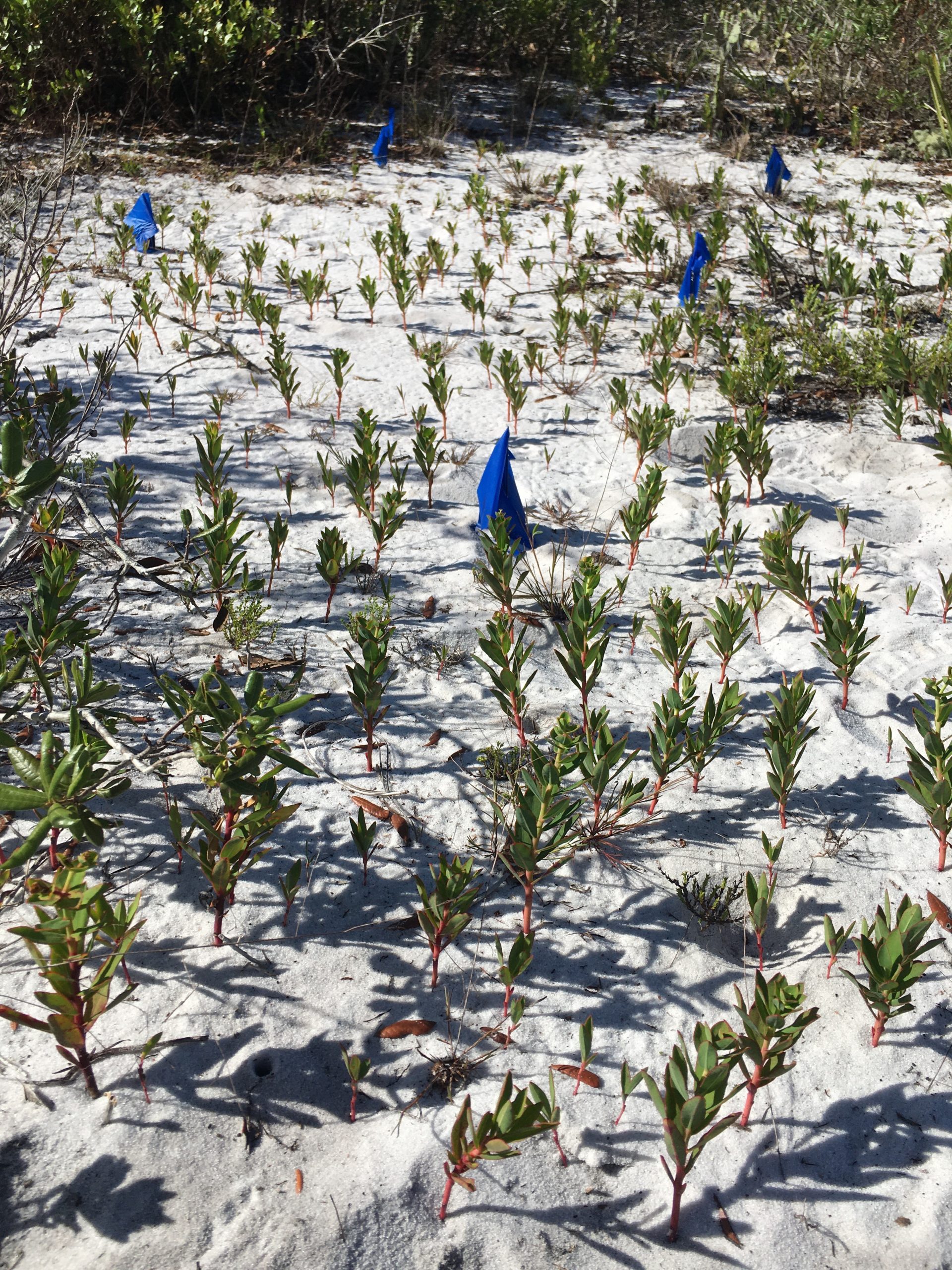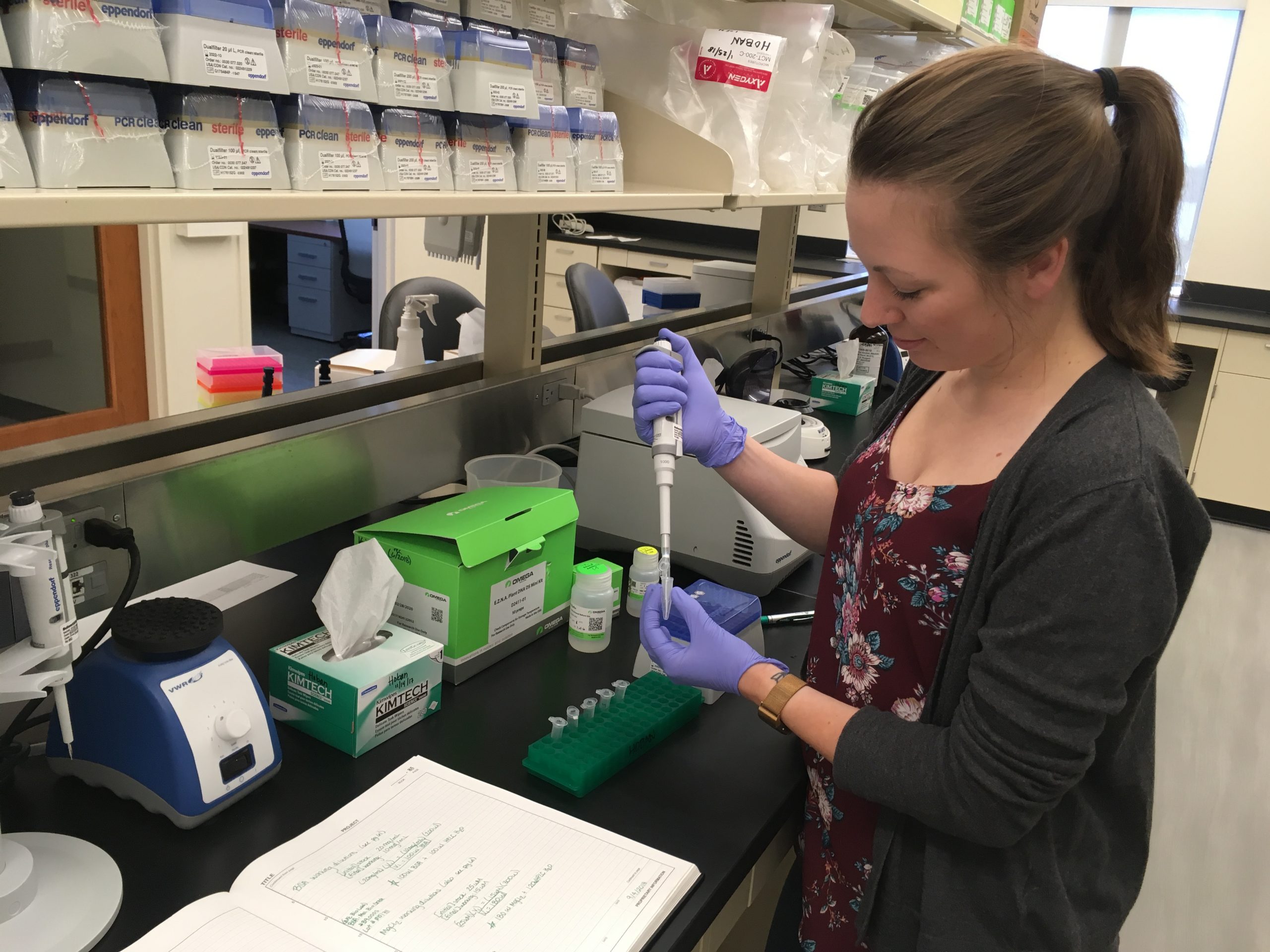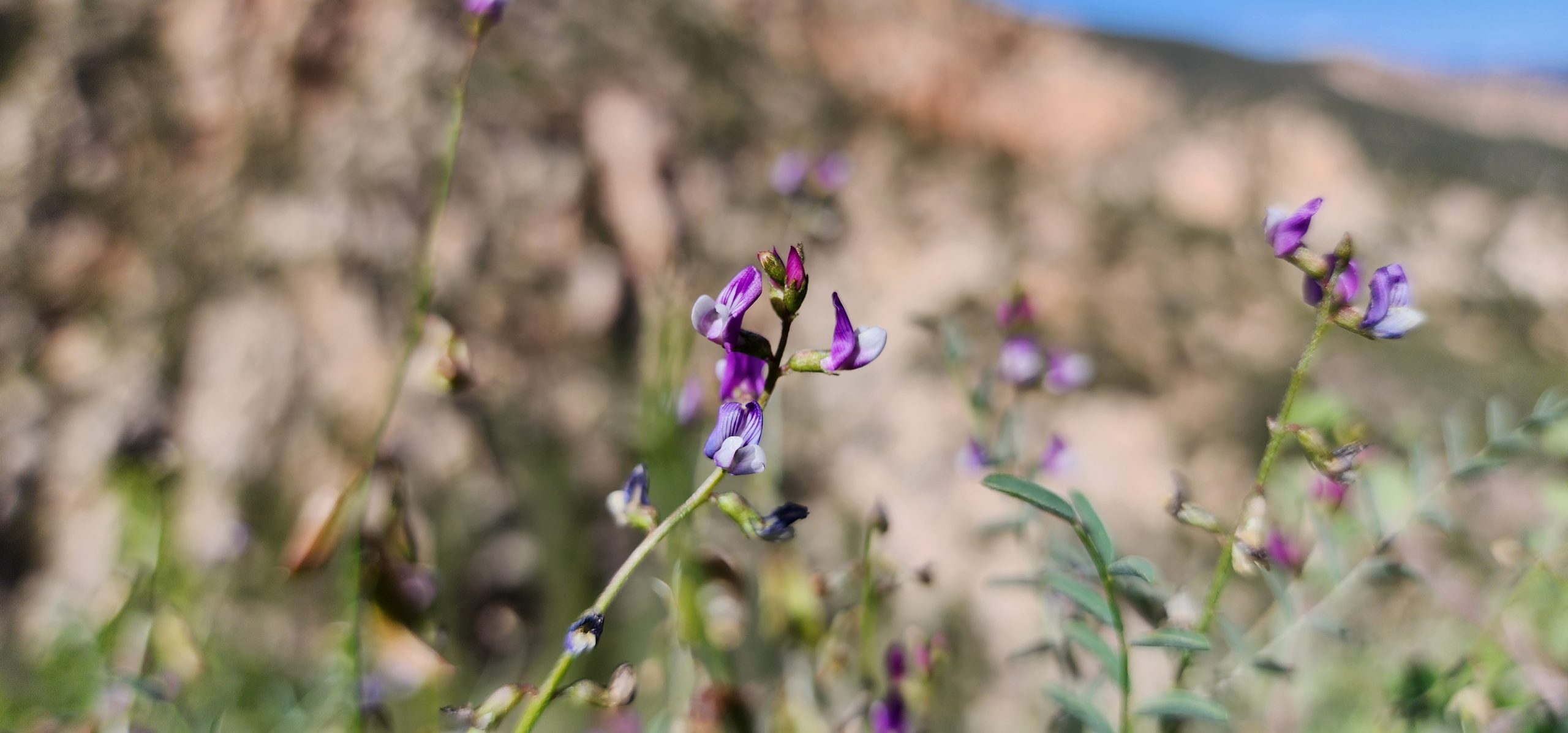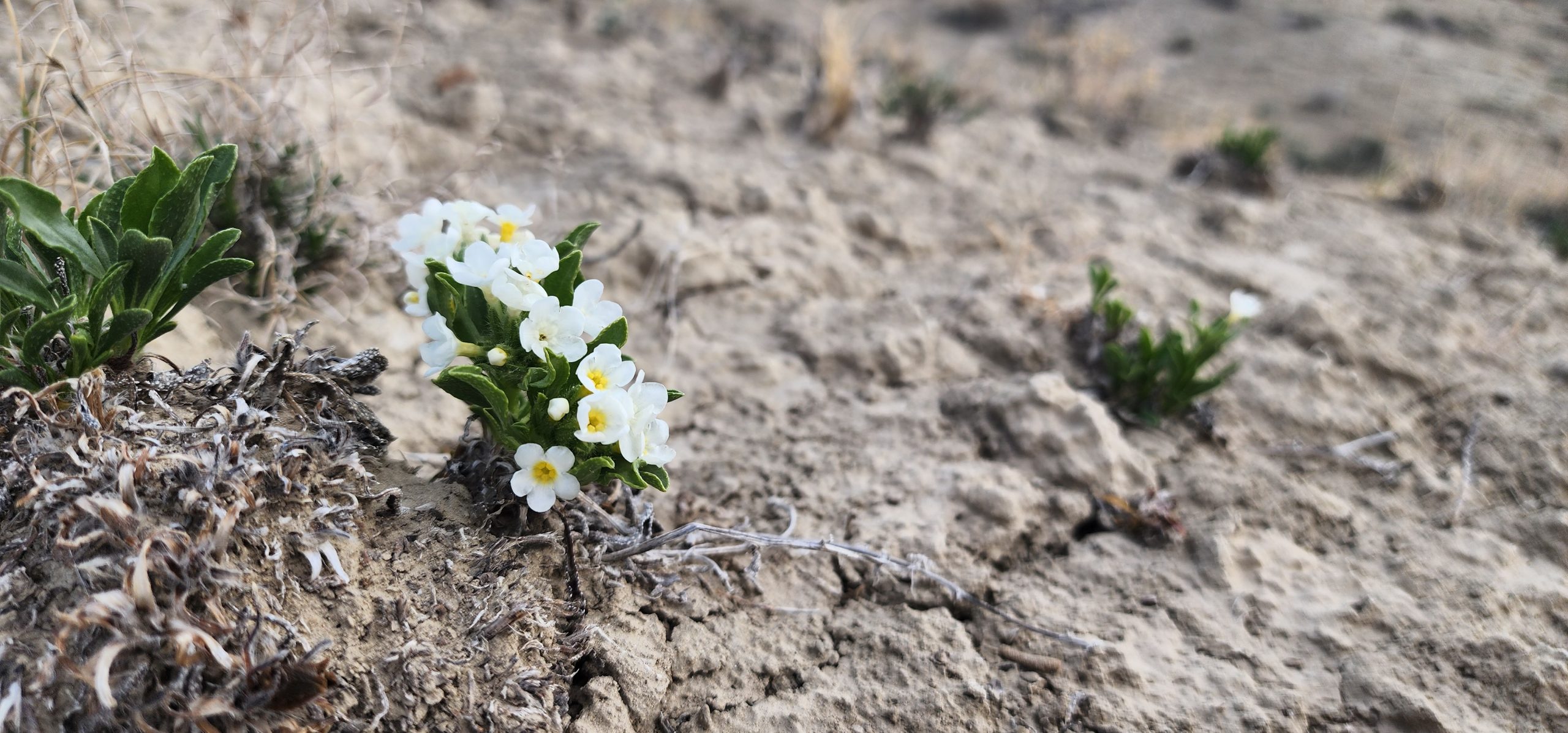Save Plants
Center for Plant Conservation
September News 2022
Whether seed collecting, managing ex situ collections, or reintroducing species to the wild, prioritizing the conservation of genetic diversity is essential in our collective efforts to Save Plants from extinction. In this issue, we spotlight the incredible conservation genetics research and initiatives that are underway throughout the CPC network of Institutional Conservation Partners. The Missouri Botanical Garden shares an inside look into how their Conservation Genetics Lab utilizes genetic analysis to guide conservation actions for endangered plant species such as Ziziphus celata, a federally endangered, clonal species endemic to Florida with only a handful of individuals remaining in the wild. The Morton Arboretum highlights recent research and advances that have informed their efforts to conserve and manage genetic diversity in ex situ collections, while our Conservation Champion, Dr. Jeremie Fant of Chicago Botanic Garden – renowned for his work in conservation genetics – shares insights into his approach to preserving the diversity of species, both in situ and ex situ.
Wishing you a wonderful September,

Damon Waitt
Director, North Carolina Botanical GardenGenetic Insights Into the Conservation of Endangered Plants
When it comes to conserving rare or endangered species, conservation biologists say that their goal is to conserve as much genetic diversity as possible. But why? The answer is that genetic diversity is responsible for producing many of the physical and functional differences among individuals that help a species to be resilient and adaptable when faced with environmental stressors, such as drought or novel diseases. For example, if a disease infects a population, the probability that some individuals will be resistant to the disease is likely much greater in a genetically diverse population than one in which all of the individuals are genetically identical. Thus, when we make a plan to conserve an endangered species, we must make sure that our efforts encompass the range of genetic diversity present in a species.
This approach comes with a challenge, however – genetic diversity is not something that you can observe in the field. When we’re making collections for a conservation collection, we can’t immediately know how much genetic diversity is contained within each population, or how individuals or populations differ genetically. This is where the field of conservation genetics comes in. Conservation genetics allows us to precisely measure how genetic variation is distributed within and among populations, so that we can effectively conserve it in the most efficient way possible. The following examples provide a window into how the Conservation Genetics lab at the Missouri Botanical Garden is using genetic analysis to help guide conservation efforts for many endangered plant species.
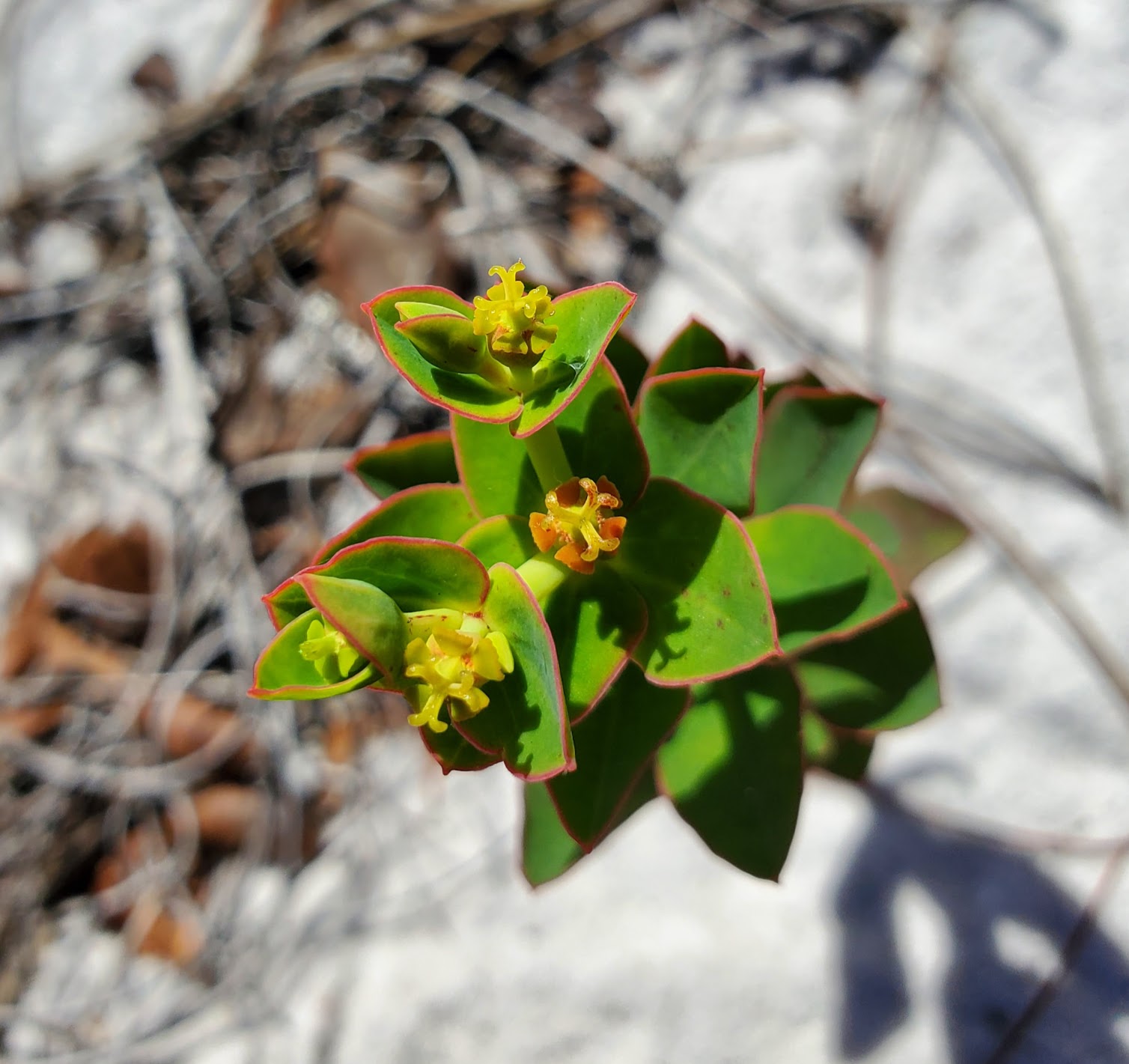
The first step in a conservation study is to collect leaf tissue from populations spread throughout the geographic range of the species and multiple individuals per population. In the lab, the researcher extracts DNA from each individual and determines its genotype. Comparisons of these “DNA fingerprints” enable conservation geneticists to identify individuals or populations that are more genetically similar to each other, and to determine how those individuals are distributed across the landscape. Once we have a broad picture of the genetic structure within and among populations, we can begin to make specific conservation recommendations based on the goals of a particular project.
One of the first goals of many conservation genetics studies is to determine the number of unique individuals of a species in the wild. This is particularly important for plant species suspected of being clonal (having multiple stems connected underground by their roots or rhizomes). The conservation genetics lab at MBG has identified clonality in several endangered and threatened species. One notable example is a genetic study of the Florida-endangered species, Euphorbia rosescens, conducted in collaboration with researchers at Archbold Biological Station. Although thousands of stems of E. rosescens exist, the surprising results showed that the species is highly clonal, with most stems in a site representing only one or a few distinct individuals. In fact, we found that only a few dozen genetically unique individuals exist in the whole species. Based on its small population size, E. rosescens is much more imperiled than previously thought. To ensure its conservation, it will be important to sample germplasm from each of the remaining unique individuals and conserve them in the CPC National Collection.
Conservation genetics is also useful for the measurement of relatedness among individuals and populations, in order to determine which populations differ from one another and should be conserved. We recently analyzed genetic structure in three federally listed Midwestern plant species: Physaria filiformis, Leavenworthia exigua var. laciniata, and Geocarpon minimum. All three are annuals endemic to glade habitats in the Midwestern U.S. Despite the similarities in life cycle and habitat, we found that the mating system differed among species, resulting in dramatic differences in how many unique populations exist. In one species, we even identified a group of populations that represent a previously unknown new species. With this information, we were able to devise unique strategies to conserve the genetic variation of each species and to ensure that the ex situ collections at MBG now represent as much genetic diversity as possible. This example highlights the importance of conducting a genetic study to help optimize conservation planning.
-
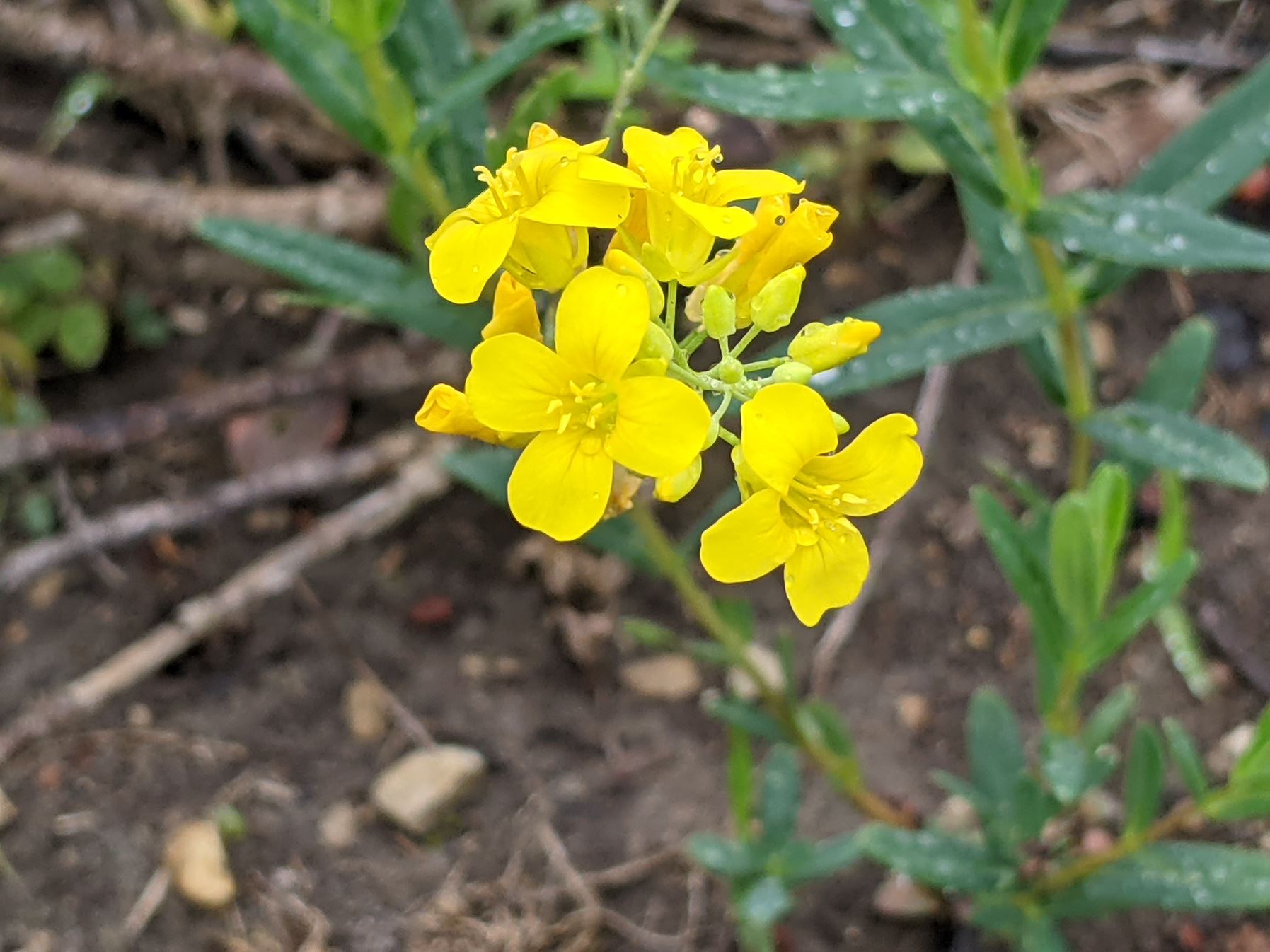
Physaria filiformis, a federally threatened species endemic to Missouri and Arkansas. Photo credit: Christy Edwards. -

Leavenworthia exigua var. laciniata. Photo Credit: Adam B., 2018. -
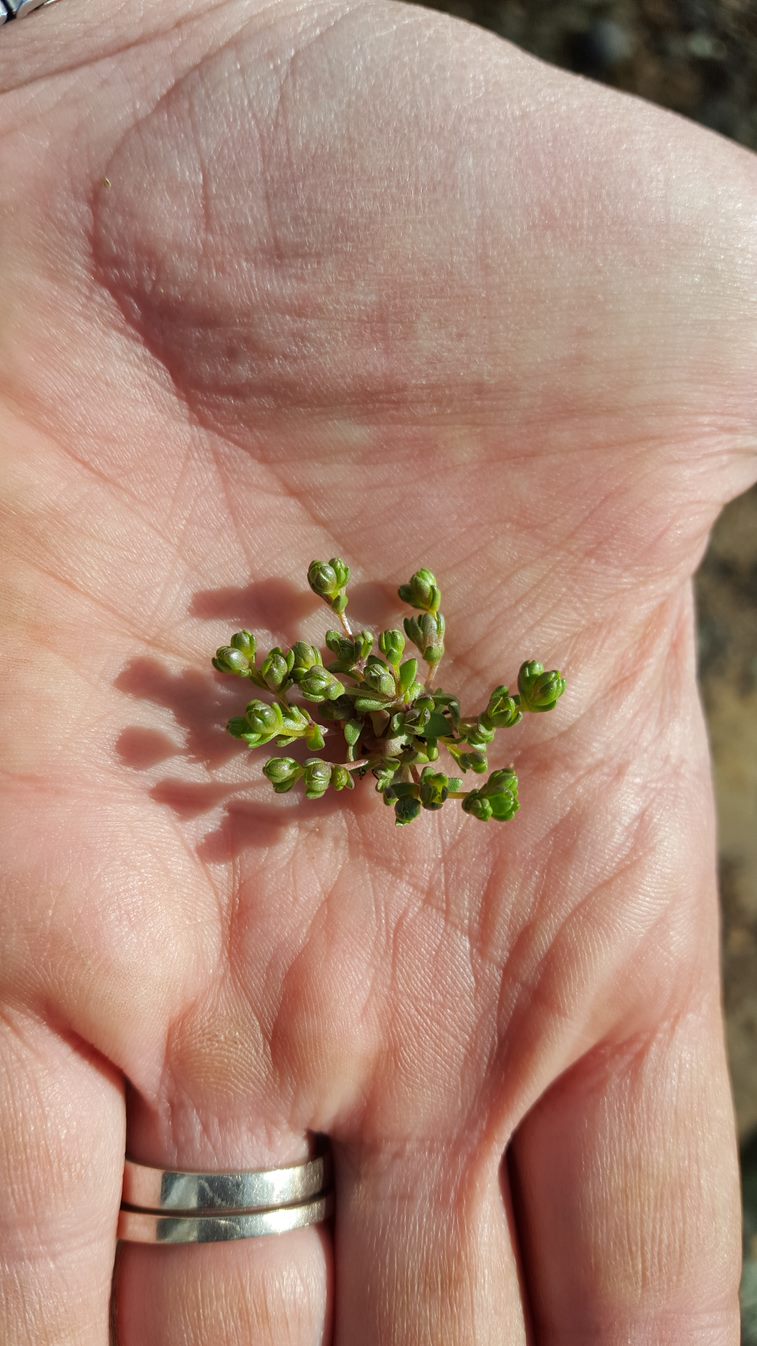
Geocarpon minium, a federally threatened, diminutive plant species. Genetic analysis showed that Geocarpon likely has a predominantly selfing mating system with strong structuring of genetic variation across small spatial scales. Photo credit: Christy Edwards.
Another application of genetic data is to assess the genetic diversity present in living collections in botanical gardens and guide reintroduction efforts. Ziziphus celata is a federally endangered, clonal species endemic to Florida, and only a handful of individuals remain in the wild. At Bok Tower Gardens, some individuals have been cloned and propagated, and these plants are now reproducing. The resulting seeds have been germinated and used by colleagues at Archbold Biological Station for reintroductions and augmentations of wild populations. As part of the collaboration, MBG’s conservation genetics lab uses genetics to help guide these reintroduction efforts. Because very few parents are contributing to the populations, genetic information allows us to ensure equal contributions of parents in the reintroductions. We are thus able to minimize the harmful effects of inbreeding and increase the likelihood of creating genetically diverse, self-sustaining populations of Z. celata.
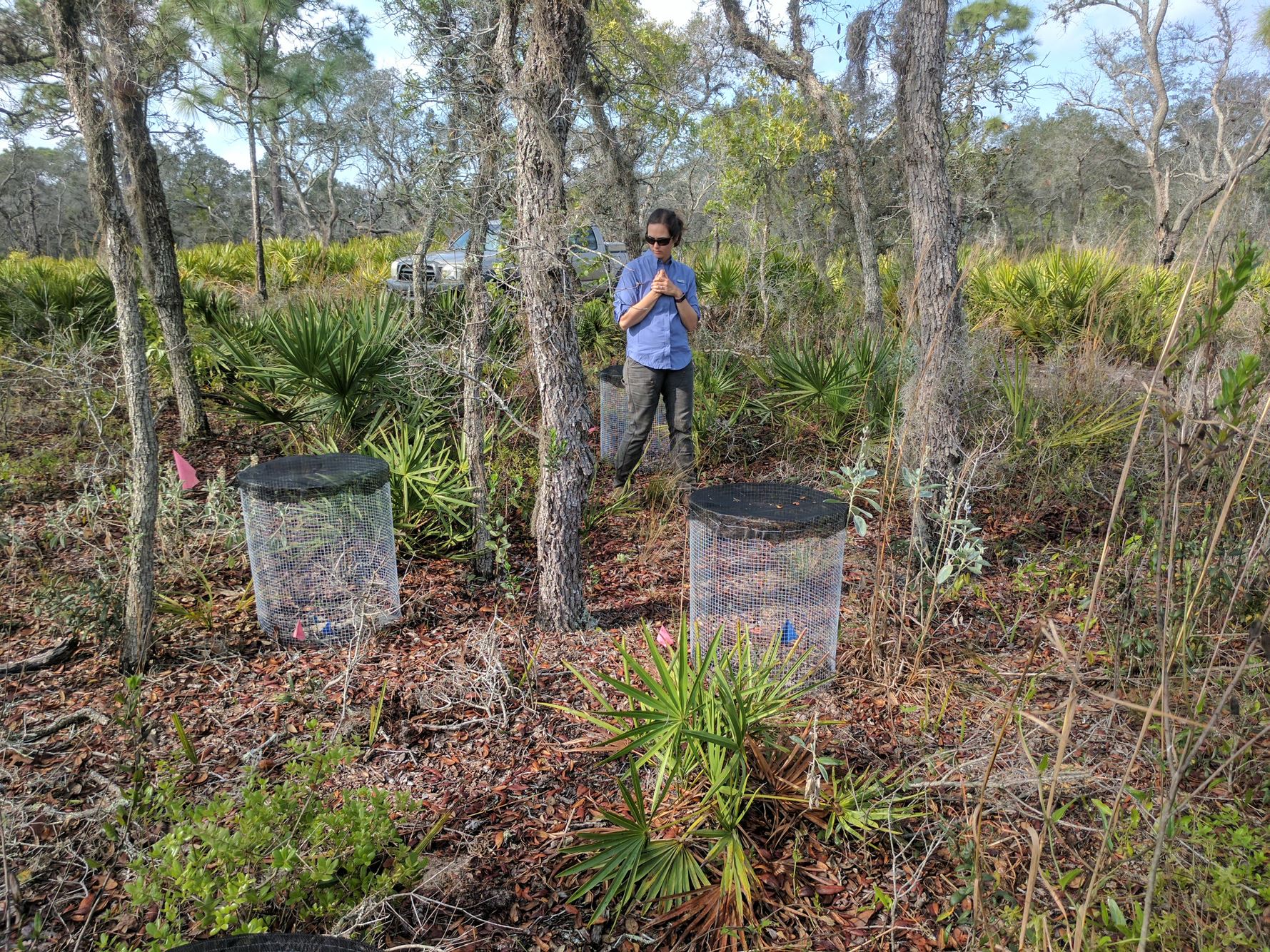
All of these studies involve collaborations between the MBG conservation genetics lab and the ecologists and collections managers who work to effectively safeguard genetic variation of critically endangered species. The insight into genetic diversity provided by conservation genetics combined with the efforts of conservation ecologists and land managers to conserve that diversity is key to achieving the goal of ensuring long-term persistence of many unique, endangered plant species
Advancing the Management of Genetic Diversity Ex Situ
Botanic gardens and seed banks have incredible capacity to conserve the diversity of plant life in their living collections. For instance, botanic gardens globally house millions of specimens from over 100,000 plant species, including many of cultural, horticultural, and economic importance (Mounce et al 2017). Such collections have the greatest value to researchers, breeders, and conservationists when they are well-documented, genetically diverse and representative, and managed in a coordinated fashion across institutions (Griffith et al 2019).
Why conserve genetic diversity? Genetic diversity is vital for supporting the resilience (able to return to steady state after shock) and adaptation (able to evolve to a new state as needed) of species in the face of changing climate and pests and diseases, and for successful ecological restoration (Hoban et al 2021, 2022). Genetically representative means conserving the genetic, trait, and ecological breadth across plant species’ native ranges (Guerrant et al 2014).
In this article I will explain a series of recent advances that have helped guide and improve how we conserve genetic diversity in botanic gardens. These include: assessing how much genetic diversity is represented in botanic gardens, assessing how much ecogeographic diversity is represented in botanic gardens, and determining how to more effectively sample seeds from wild populations for future botanic garden collections.
How much genetic diversity have we conserved? Recently, DNA studies have quantified how gardens are progressing towards safeguarding genetic diversity of species. How does this work? These studies involve (1) collecting leaf tissue samples from wild populations and as many botanic gardens as possible that are growing the target species, (2) analyzing the genetic diversity, and (3) calculating what percentage of the wild genetic diversity is actually in gardens today. The studies so far show that the percentage conserved varies a lot among species (from 28% to 95% in Hoban et al 2020). At least one clear message has resulted – we need more plants in gardens (as noted by Heywood 2009; Marshall & Brown 1975), usually more than a hundred and often several hundred plants per species to conserve the majority of rare plant species’ genetic diversity (Hoban 2019)!
Figure 1: We quantify the percentage of genetic diversity conserved in botanic gardens by sampling from wild populations and botanic gardens and performing DNA based analysis.
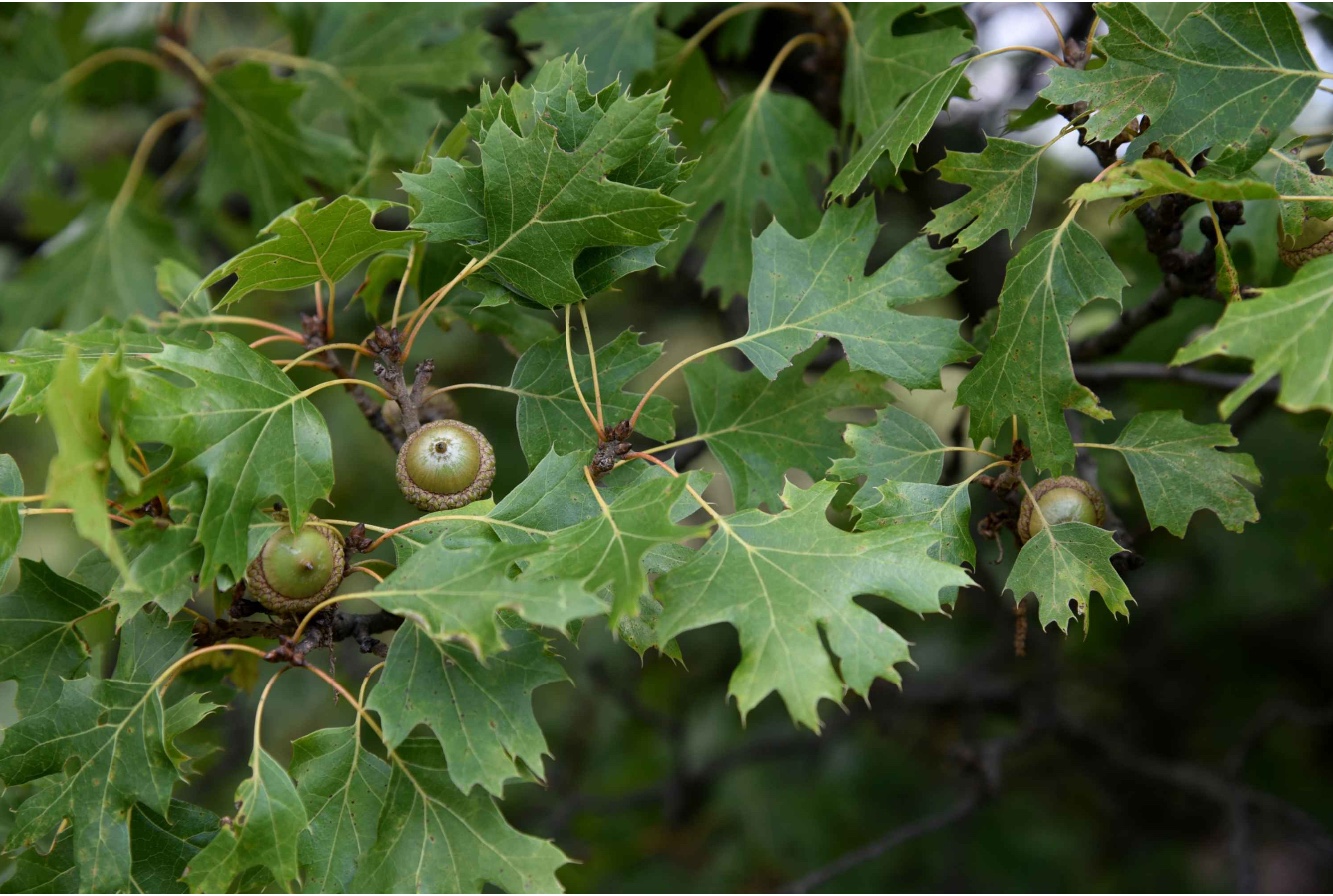
I will highlight several examples. Quercus acerifolia is a rare oak with only four wild populations whose genetic diversity is very well-conserved (95 to 98% of total genetic diversity) in 277 ex situ plants (a larger ex situ collection than most rare plants). Diversity is even “backed up,” with more than 88% of alleles in at least 3 copies, meaning the collection is resilient to a moderate degree of loss (an important issue, see Griffith et al 2017). Another well conserved species is Zamia lucayana, endemic to the Bahamas, with 91 to 95% of its diversity conserved in 244 plants. This data helps to evaluate if species are ‘sufficiently’ conserved – and unfortunately we find that most species (11 of 15 we’ve studied, unpublished data) are not sufficiently conserved. One example of a species whose genetic diversity urgently needs more conservation is Quercus hinkleyi, a Critically Endangered oak in Texas (only two very small populations) threatened by climate change. Only 22 individuals are safeguarded ex situ, with only 57% of diversity conserved. In addition, one of the two populations has never been sampled for seed to place in ex situ collections (Backs et al 2021).
Figure 2: Quercus acerifolia leaves and acorns.
How much ecogeographic diversity have we conserved? Meanwhile, several groups developed a methodology for analyzing geographic and ecological representation of our ex situ collections. How does this work? This method involves (1) creating a map of a species potential or likely wild distribution based on occurrence records (mostly from herbaria), (2) overlaying on that wild distribution the geographic points where species have been sampled and these samples are now in ex situ collections, and (3) calculating the area covered by those ex situ points or calculating the ecogeographic regions that are covered. This method has found that geographic diversity conserved ranges from 0 to 100% (on average, 40% for geographic and 59% for ecological, with high variation among species) for US oaks (Beckman et al 2019). We also applied this method to nine other US tree genera (for example, Beckman et al 2021), and it is being expanded to Magnolia and other groups. A series of papers applied a similar approach to many crop wild relatives, highlighting that such species are poorly conserved at present (Khoury et al 2020, 2019, among others). A very exciting development is to start to compare the extent of genetic conservation (from DNA studies) to ecogeographic conservation (from this GIS method). One such comparison exists, in Quercus havardii, a widespread threatened oak (Zumwalde et al 2022).
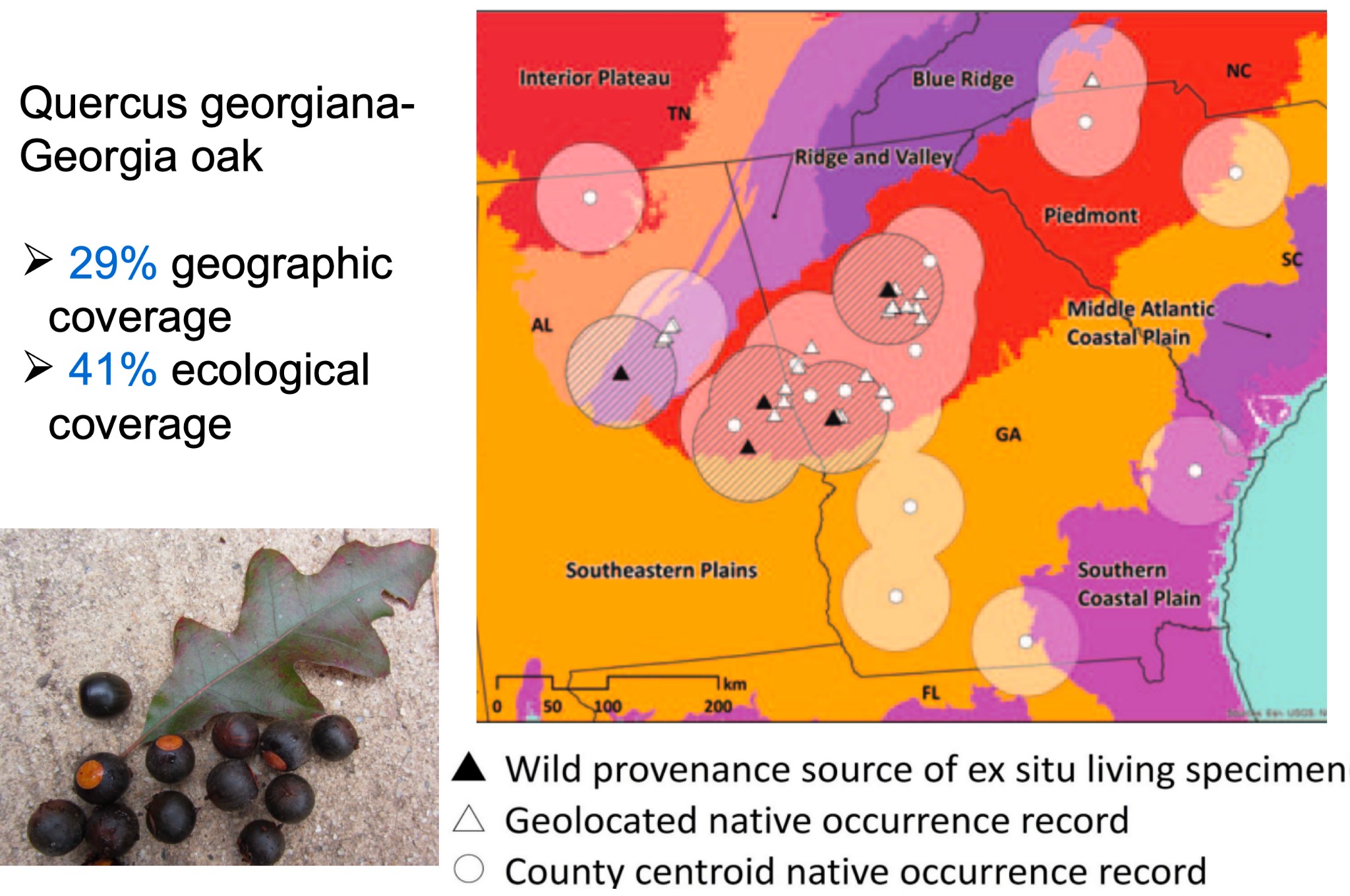
Figure 3: We can use maps like this one to calculate the percentage of species’ geographic area, or ecoregions a species occurs in, as a proxy for genetic diversity conservation.
How can we sample more efficiently? Studies have also focused on evaluating how we should sample per species, providing general guidance on minimum sample size, and on practical field advice. Early studies showed that (1) as species population ranges are more subdivided, samplers must allocate more sampling among populations (e.g. it is more important to reach the entire range), (2) species that have lower dispersal, higher selfing, and longer lifespans need more samples, (3) species with larger population sizes need more sampling, and (4) when sampling within populations, samplers should use grid or random sampling, rather than roadside or transect sampling (Hoban and Strand 2015, Hoban and Schlarbaum 2015). More recently, we showed that it is often, but not always, advantageous to sample proportional to the population size – more in larger populations and less in smaller populations (Rosenberger et al 2021) – but don’t neglect small populations entirely! We continue to investigate minimum sampling across the oak genus, and how pollen flow impacts genetic diversity in sampled seed – stay tuned for exciting results! Other researchers are also advancing the science of ex situ collections, by optimizing the size and composition of translocated populations to maintain genetic diversity over time, and to achieve other objectives, such as integrating the conservation of diversity and adaptive variation (Bragg et al 2021, 2022).
I close by noting that genetic diversity is on the discussion table for the Convention on Biological Diversity, whose final post-2020 commitments will be negotiated in December 2022 in Montreal. We must communicate and work with policy makers to ensure that CBD commits to conserving (in situ and ex situ), protecting (with policies and law), managing (such as through genetic rescue, restoration, and connectivity), and monitoring (using genetic and non genetic methods) genetic diversity of all types of species, to benefit humans and nature (Hoban et al 2020, Laikre et al 2020, O’Brien et al 2022). CPC and partners can help with such translation of science to policy.
Acknowledgements: IMLS grants MG-251613-OMS-22, MG-245575-OMS-20, MA-30-18-0273-18, MG-30-16-0085-16; many colleagues who participated in the studies cited; and Patrick Griffith for laying the groundwork and providing constant support. Thanks to Austin Koontz, Emily Schumacher, Jason Bragg, Bethany Zumwalde, and Colin Khoury for commenting on the article draft.
References:
Backs, J.R., Hoban, S. and Ashley, M.V., 2021. Genetic diversity assessment of ex situ collections of endangered Quercus hinckleyi. International Journal of Plant Sciences, 182(3)
Beckman, E., et al. (2019). Conservation Gap Analysis of Native U.S. Oaks. Lisle, IL: The Morton Arboretum. 252 pages
Beckman, E., et al. (2021). Conservation Gap Analysis of American Beech. Lisle, IL: The Morton Arboretum. 18 pages. https://mortonarb.org/science/projects/conservation-gap-analysis-of-native-u-s-oaks/
Bragg, J.G., et al., 2021. Conserving the genetic diversity of condemned populations: Optimizing collections and translocation. Evolutionary applications, 14(5)
Bragg, J.G., et al., 2022. Plant collections for conservation and restoration: Can they be adapted and adaptable?. Molecular Ecology Resources.
Griffith, M.P., et al., 2019. Toward the metacollection: safeguarding plant diversity and coordinating conservation collections. Botanic Gardens Conservation International-US.
Griffith, M.P., et al 2017. Plant Collection “Half‐life:” Can Botanic Gardens Weather the Climate?. Curator: The Museum Journal, 60(4)
Guerrant Jr, E.O., Havens, K. and Vitt, P., 2014. Sampling for effective ex situ plant conservation. International Journal of Plant Sciences, 175(1), pp.11-20.
Heywood, V., 2009. Botanic gardens and genetic conservation. Sibbaldia: The International Journal of Botanic Garden Horticulture, (7)
Hoban, S., et al., 2021. Global commitments to conserving and monitoring genetic diversity are now necessary and feasible. BioScience, 71(9)
Hoban, S., et al., 2022. Global genetic diversity status and trends: towards a suite of Essential Biodiversity Variables (EBVs) for genetic composition. Biological Reviews.
Hoban, S., et al., 2020. Taxonomic similarity does not predict necessary sample size for ex situ conservation: A comparison among five genera. Proceedings of the Royal Society B, 287(1926)
Hoban, S., et al., 2020. Genetic diversity targets and indicators in the CBD post-2020 Global Biodiversity Framework must be improved. Biological Conservation, 248
Hoban, S., 2019. New guidance for ex situ gene conservation: Sampling realistic population systems and accounting for collection attrition. Biological Conservation, 235
Khoury, C.K., et al., 2020. Crop wild relatives of the United States require urgent conservation action. Proceedings of the National Academy of Sciences, 117(52)
Khoury, C.K., et al, 2019. Comprehensiveness of conservation of useful wild plants: An operational indicator for biodiversity and sustainable development targets. Ecological Indicators, 98
Laikre, L., et al., 2020. Post-2020 goals overlook genetic diversity. Science, 367(6482)
Marshall D, A Brown1975 Optimum sampling strategies in genetic conservation. Pages 53–80 in Crop genetic resources for today and tomorrow. Cambridge University Press
Mounce, R., Smith, P. and Brockington, S., 2017. Ex situ conservation of plant diversity in the world’s botanic gardens. Nature Plants, 3(10)
O’Brien, D., et al. 2022. Bringing together approaches to reporting on within species genetic diversity. Journal of Applied Ecology.
Rosenberger, K., et al. 2021. Proportional sampling strategy often captures more genetic diversity when population sizes vary. Biological Conservation, 261
Zumwalde, B.A., et al., 2022. Assessing ex situ genetic and ecogeographic conservation in a threatened but widespread oak after range‐wide collecting effort. Evolutionary applications, 15(6)
Jeremie Fant
September’s Conservation Champion, Dr. Jeremie Fant of Chicago Botanic Garden, has devoted his career to understanding and advancing the conservation of rare plants and their genetic diversity. By using genetic approaches to his areas of focus – rarity, restoration, and ex situ conservation – Jeremie’s work provides valuable insight into the future of rare and endangered plant species by identifying risks and potential management improvements that can contribute to their preservation and recovery. We are inspired by Jeremie’s dedication and passion for conservation genetics, and we thank him for all the ways he helps Save Plants.
When did you first fall in love with plants?
As far as I can remember, I have been surrounded by plants – be it pottering with my mum in our garden, going for walks in the remnant natural areas around my hometown, or even just watching birds feed on our native street trees. The older I got and the more engaged I was, the more it became obvious to me that plants were central to all these activities. With time my passion grew. I think it helps that I grew up in Australia, which has such unique – some might even say bizarre – flora, so it was easy for this young botanist to find it all so engaging.

What was your career path to Chicago Botanic Garden?
Like many in our field, my journey was far from linear. I grew up a first-generation immigrant, and my parents valued education but did not always know the full spectrum of possibilities. So although I was expected to go to university, the obvious options for me were professional degrees. I landed on pursuing a degree in Horticulture, Viticulture and Oenology (a.k.a. fruit and wines), combining my loves of plants, gardening and cooking (and wine!). Then, during my studies, I found myself gravitating toward a new passion: Genetics.
After a brief stint working for a horticultural consultancy firm, I realized that graduate school would allow me to travel the world and continue to pursue my new passions. I was lucky enough to get a scholarship to attend Cambridge University, where I studied hybridization in Potamogeton species. This was figuratively, literally and geographically distant from what I originally saw as my career trajectory, but I have never looked back. It was the best decision of my life.
Not only did graduate school open many doors, but it also made me realize that aspects of the academic career were not for me. Although I went on to complete two postdocs (at Cambridge and W.K. Kellogg Biological Station, Michigan), when the job at Chicago Botanic Garden for a geneticist was advertised, I knew that I had to apply. Having volunteered at my Blackhills Botanic Garden as an undergraduate, this was an exciting career option for me – and it helped that it was based in Chicago, a city I was sure I would love. Initially I saw this as a temporary stepping stone on my way back to Australia, yet I am still here after almost 20 years, and I still enjoy every moment. The Garden’s science program has grown tremendously, and I have grown with it.
In your experience, what are some of the pressing conservation needs impacting the rare and native plants of the United States?
This is a long list – which is not surprising, as we have a long list of species threatened. Working on the Illinois Endangered Species Protection Board, it has become obvious that in this state alone we have a lot of work to do. Almost more plants are listed in Illinois than all other taxonomic groups combined (as of 2021, there were 266). I do not doubt that this is the same throughout the country. What is concerning is that there is a good chance that this list could be longer, given the lack of information about the status of many groups. So I do not think there is a single issue that could explain the multifaceted reasons these species risk extinction in our state.
What I do think is critical is the information deficit. In this era of large datasets, huge databases, and many community science programs, we are increasingly in a better place to gather and collate this information. The more we know, the more we can target our approaches and resources to help more plants. And with better data coordination, we can do a better job of finding best practices for protecting the increasing number of threatened plant species
Much of your work is focused on the conservation of genetic diversity – what related conservation initiatives are you currently working on at Chicago Botanic Garden?
Genetic diversity is the third – but often ignored – component of biological diversity. Its inclusion is not surprising, given it is required for natural selection and adaptation. My work generally focuses on rarity, restoration and ex-situ conservation. Using genetic approaches in these areas can give us valuable insight into the future of species, identify risks to populations of rare species, and identify potential management changes which can help their recovery. Overall, my work has focused on how we can best preserve the diversity of species, both in situ and ex situ – but even more than this, monitoring genetic diversity in collections and reintroductions to see how well we are achieving the genetic goals we set out for ourselves when conserving the species in our care.
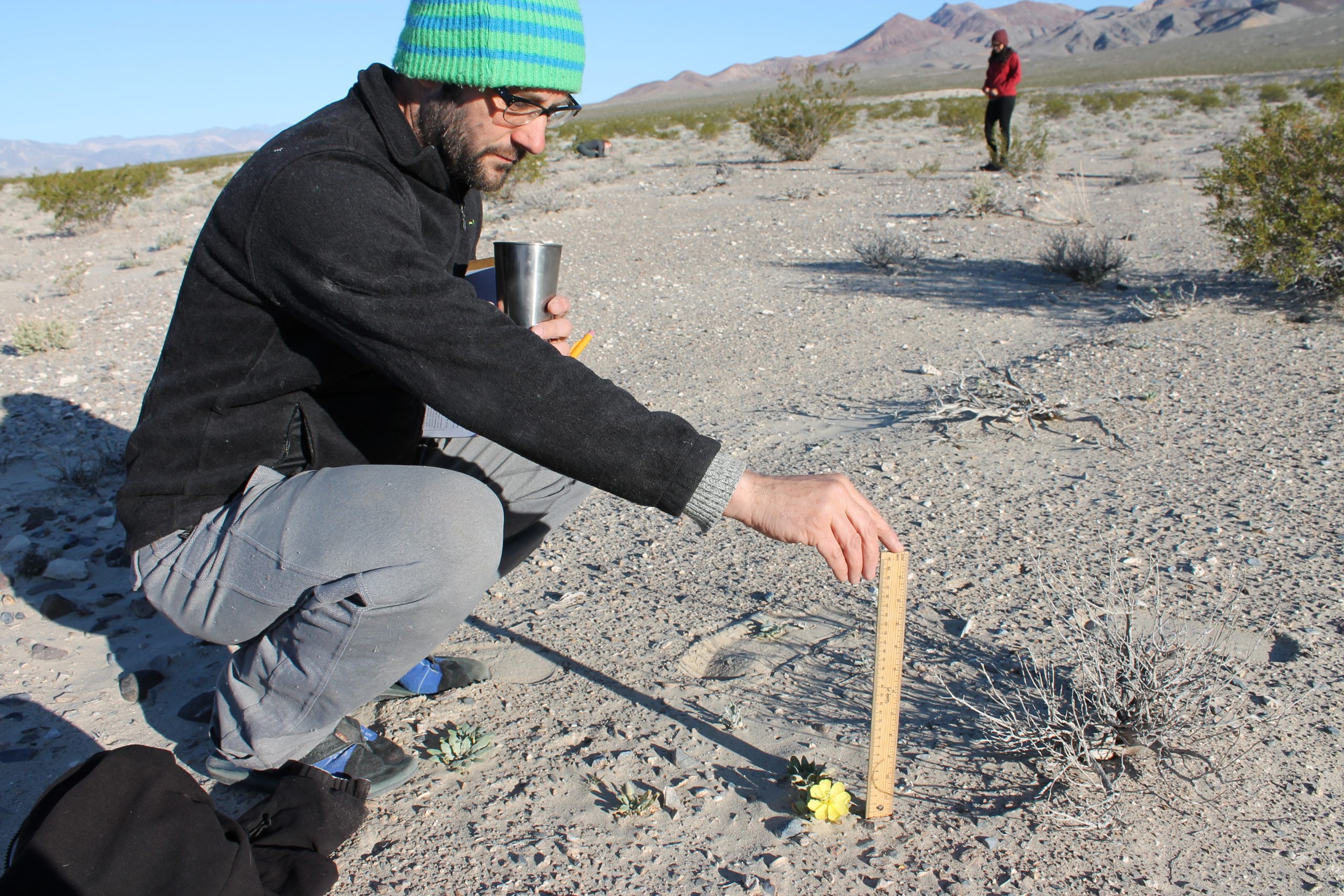
What successes or challenges have you encountered in your work?
I think the big challenge is that, although many people understand the importance of genetics, they also find it an intimidating topic, which can hinder discussions on best practices. This phenomenon is quite widespread. Several studies have shown that many conservation policy plans might mention genetics, yet very rarely is it explicitly used to make decisions. I attribute this to two factors: genetics is complex, and it is not immediately visible. A good example is the way we view our plant populations. When we look at a population of any plant species, we rarely see a group of individuals, but rather a collection of interchangeable representatives of that population. Yet if we saw every plant in that population as having a unique genetic make-up, each with a unique response to environmental cues, it would give us a different perspective on what we are saving.
This genetic complexity of a population should not be surprising when we realize that any individual is the result of over 30,000 interacting genes. It is almost mathematically impossible for any two plants to be identical. Although staggering to think about, this matches our own experiences, given there are 7 billion humans and all are unique (even twins). Recognizing the genetic complexity of individuals and populations allows us to approach the conservation of genetic diversity with a different lens. The focus shifts from just saving a species to its capacity to respond to all biotic, abiotic and climatic conditions that a population will experience in a lifetime.
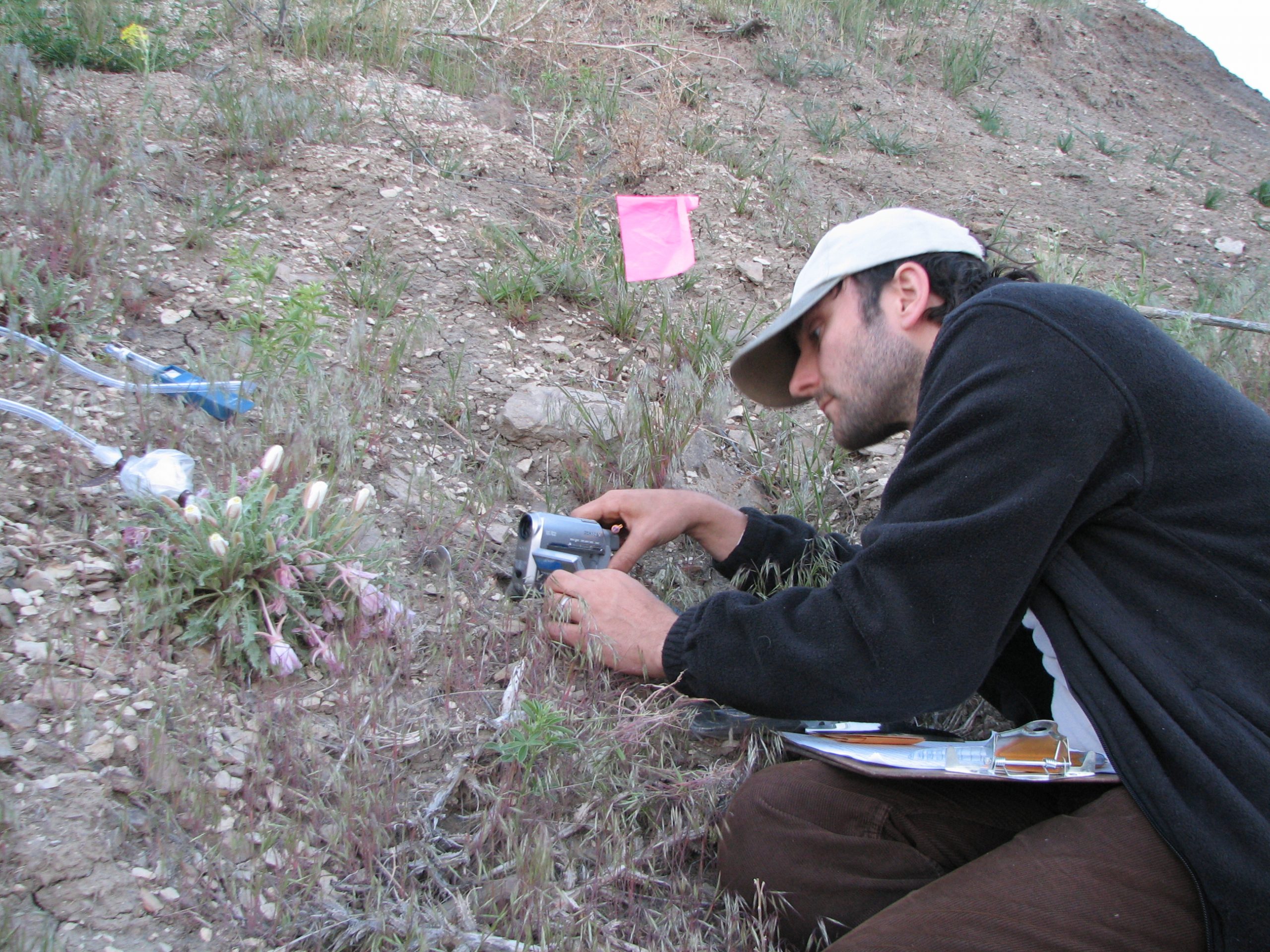
What has surprised you about working with and learning more about rare plants?
What never ceases to amaze me is a species’ resilience. With all the stresses we have thrown at our natural communities, many of them – including the rare species within them – manage to hang on. There are even occasional stories of lost species being found or populations being rediscovered. These make me optimistic about what we can achieve through restoration and reintroductions. Unfortunately, a few resilient individuals still represent only a subset of the original diversity. As a geneticist, I know there is still a long, slow road to recovery for many rare species, but I am optimistic we can do it.
What advice would you give to those who wish to learn more about how they can help save imperiled plant species?
Get involved, however you can. The demand for help is very high, and a large number of resources are available. The conservation community is a community of many and is growing. Our success increases as more people are engaged – from students, volunteers, and scientists to land managers and government agencies. At times, tasks ahead seem impossible and the outlook seems grim – but it is not. There are many groups out there doing much great work, and so many ways you can engage with them – from community science programs, botanic gardens and non-profit volunteer groups to courses, graduate programs, and adult education.
An enormous number of plants need saving, and we need an army to do it. The more engaged you are, the more informed you become. As the number of educated and diverse voices grows, we also grow our capacity to share our passion for plants and our desire to save them.
National Collection Spotlight: Florida Scrub Bluecurls

Florida Scrub Bluecurls (Trichostema suffrutescens) is a Florida endemic rare plant from the mint family, with captivating royal blue blooms. This plant thrives on coastal and inland uplands of the Floridian peninsula. Its curled, deep blue flowers feature a patch of white covered in dark blue spots – hence the fitting name of bluecurls.
This is one of the pilot species of the Florida Plant Rescue (FLPR) seed collection initiative. In FLPR’s inaugural collection season, Bok Tower Gardens gathered seed from 27 maternal plants of this species, all members of a population scouted months prior. Although difficult to spot outside of flowering season, when in bloom Florida Scrub Bluecurls stand out with a flourish!
Learn more about conservation actions taken for the charming Florida Scrub Bluecurls on its National Collection Plant Profile, and help support its conservation with a Plant Sponsorship.
As Seen on CPC’s Rare Plant Academy: An Introduction to Plant Clonal Cryopreservation
Cryopreservation allows us to preserve and maintain genetic diversity of plant species in conservation collections. Orthodox seed storage is a well-known example of cryopreservation, but pollen, shoot tips, and dormant buds can also be preserved with similar methods. In a video produced for the Rare Plant Academy, Jennifer Kendall from the USDA-ARS National Laboratory for Genetic Resources Preservation introduces the key points of clonal cryopreservation in plants. For cold-hardy plants, dormant bud preservation allows for future grafting or sprouting. For plants from both temperate and tropical regions, tiny shoot tips are immersed in cryoprotectants before immersion in liquid nitrogen. Not all methods of cryopreservation work for all plant species, so having options for genetic resource preservation helps to better ensure the conservation of rare plants.
Get Updates
Get the latest news and conservation highlights from the CPC network by signing up for our newsletters.
Sign Up Today!Ways to Help CPC

Advocacy Initiatives
Advocacy is an important tool at our disposal to use in saving rare and endangered plants. In the broadest sense of the word, advocacy means to share and communicate the mission of our organization. Sometimes, however, public policies, laws and regulations hinder, thwart and even counter our mission of saving plants. That is when we need to focus our efforts to urge lawmakers to rule in favor of these imperiled plants. Plants can’t voice their concerns on Capitol Hill, so we must.
Visit our website to learn how you can be an advocate for rare and endangered plants and to access resources and information on relevant legislation. You can also download our quick-reference advocacy flyer, created in partnership with the SE PCA.

Support CPC By Using AmazonSmile
As many of us increasingly rely on home delivery, we want to remind you that you can keep your home stocked AND Save Plants. If you plan to shop online, please consider using AmazonSmile.
AmazonSmile offers all of the same items, prices, and benefits of its sister website, Amazon.com, but with one distinct difference. When you shop on AmazonSmile, the AmazonSmile Foundation contributes 0.05 percent of eligible purchases to the charity of your choice (Center for Plant Conservation).
There is no cost to charities or customers, and 100 percent of the donation generated from eligible purchases goes to the charity of your choice.
AmazonSmile is very simple to use—all you need is an Amazon account. On your first visit to the AmazonSmile site, you will be asked to log in to your Amazon account with existing username and password (you do not need a separate account for AmazonSmile). You will then be prompted to choose a charity to support. During future visits to the site, AmazonSmile will remember your charity and apply eligible purchases towards your total contribution—it is that easy!
If you do not have an Amazon account, you can create one on AmazonSmile.
Once you have selected Center for Plant Conservation as your charity, you are ready to start shopping. However, you must be logged into smile.amazon.com—donations will not be applied to purchases made on the Amazon.com main site or mobile app. It is also important to remember that not everything qualifies for AmazonSmile contributions.
When ordering online, remember you can still help Save Plants. Please feel free to share this email with your friends and family and ask them to select Center for Plant Conservation.
Thank you all for ALL you do.
Donate to CPC
Thank you for helping us save plant species facing extinction by making your gift to CPC through our secure donation portal!
Donate Today
